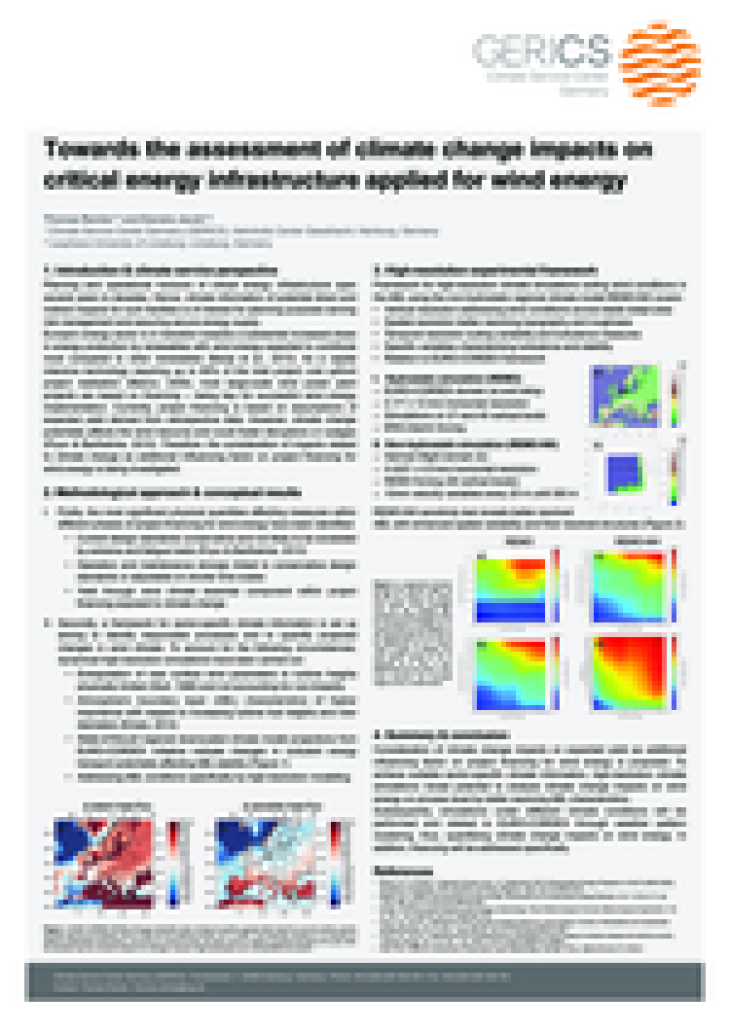The non-hydrostatic REMO
The availability of local climate information is key when it comes to adaptation to climate change, because adaptation is mostly done on regional to local scales. REMO-NH is the latest development of REMO and offers an option to run REMO in a non-hydrostatic mode enabling horizontal resolutions higher than 10 km (Göttel, 2009). REMO-NH is based on an idea of Laprise (1992) and follows the implementation of Janjic et al. (2001).

Snapshot from the cold bubble test with standard REMO (top) and REMO-NH (bottom)
Related presentations
Poster for the ICEM 2017: "Towards the assessment of climate change impacts on critical energy infrastructure applied for wind energy" by Thomas Remke and Daniela Jacob.
Presentation at the ICRC 2016: "Towards the assessment of climate change impacts on critical energy infrastructure applied for offshore wind farms" by Thomas Remke and Daniela Jacob.
References
- Göttel, H. (2009) Einfluss der nichthydrostatischen Modellierung und der Niederschlagsverdriftung auf die Ergebnisse regionaler Klimamodellierung, PhD Thesis, Universität Hamburg, Berichte zur Erdsystemforschung, Vol. 60, doi:10.17617/2.994076
- Janjic, Z. I., J. P. Gerrity, S. Nickovic (2001) An alternative approach to nonhydrostatic modeling, Monthly Weather Review, Vol. 129, Issue 5, pp 1164-1178, doi:10.1175/1520-0493(2001)129
- Laprise, R. (1992) The Euler Equations of Motion with Hydrostatic Pressure as an Independent Variable, Monthly Weather Review, Vol. 120, Issue 1, pp 197-207, doi:10.1175/1520-0493(1992)120



